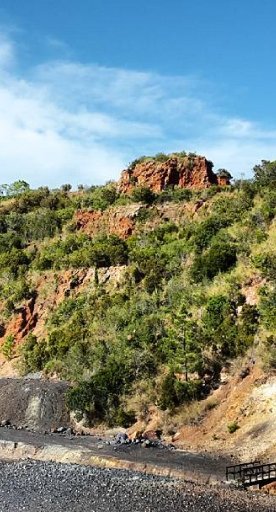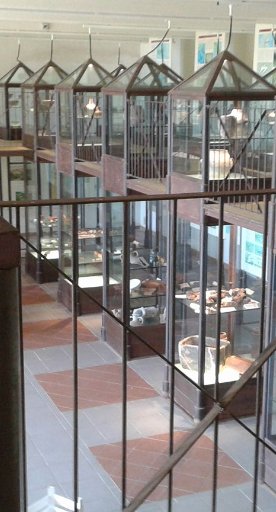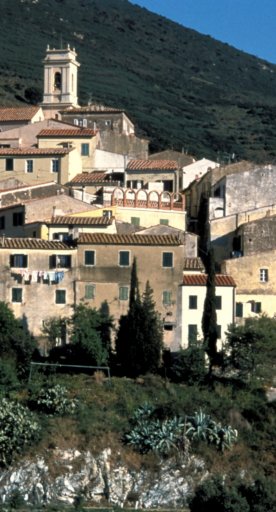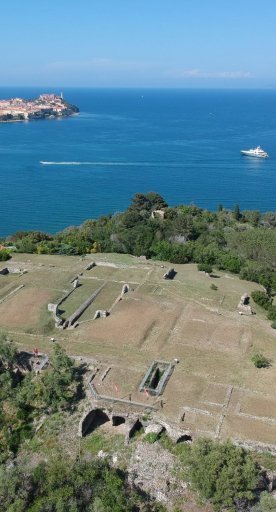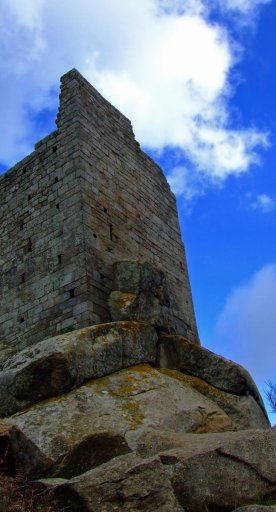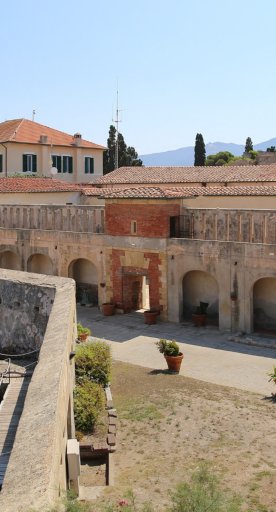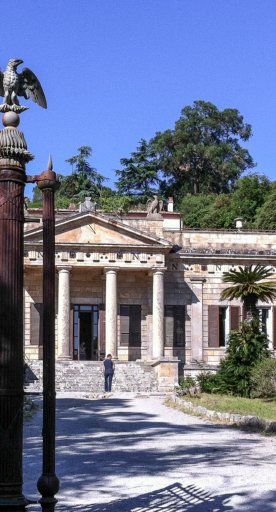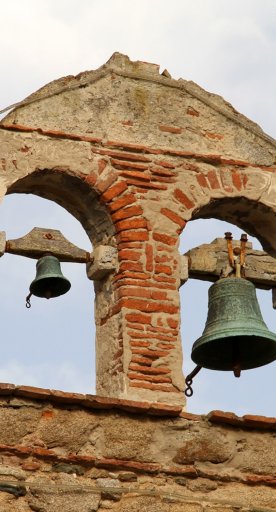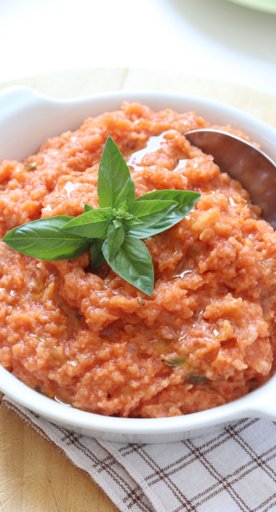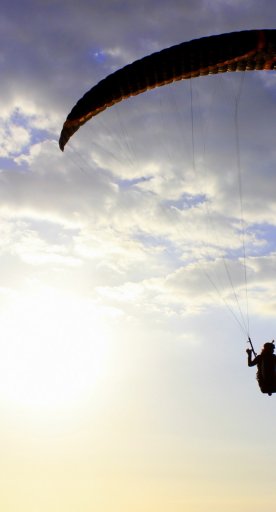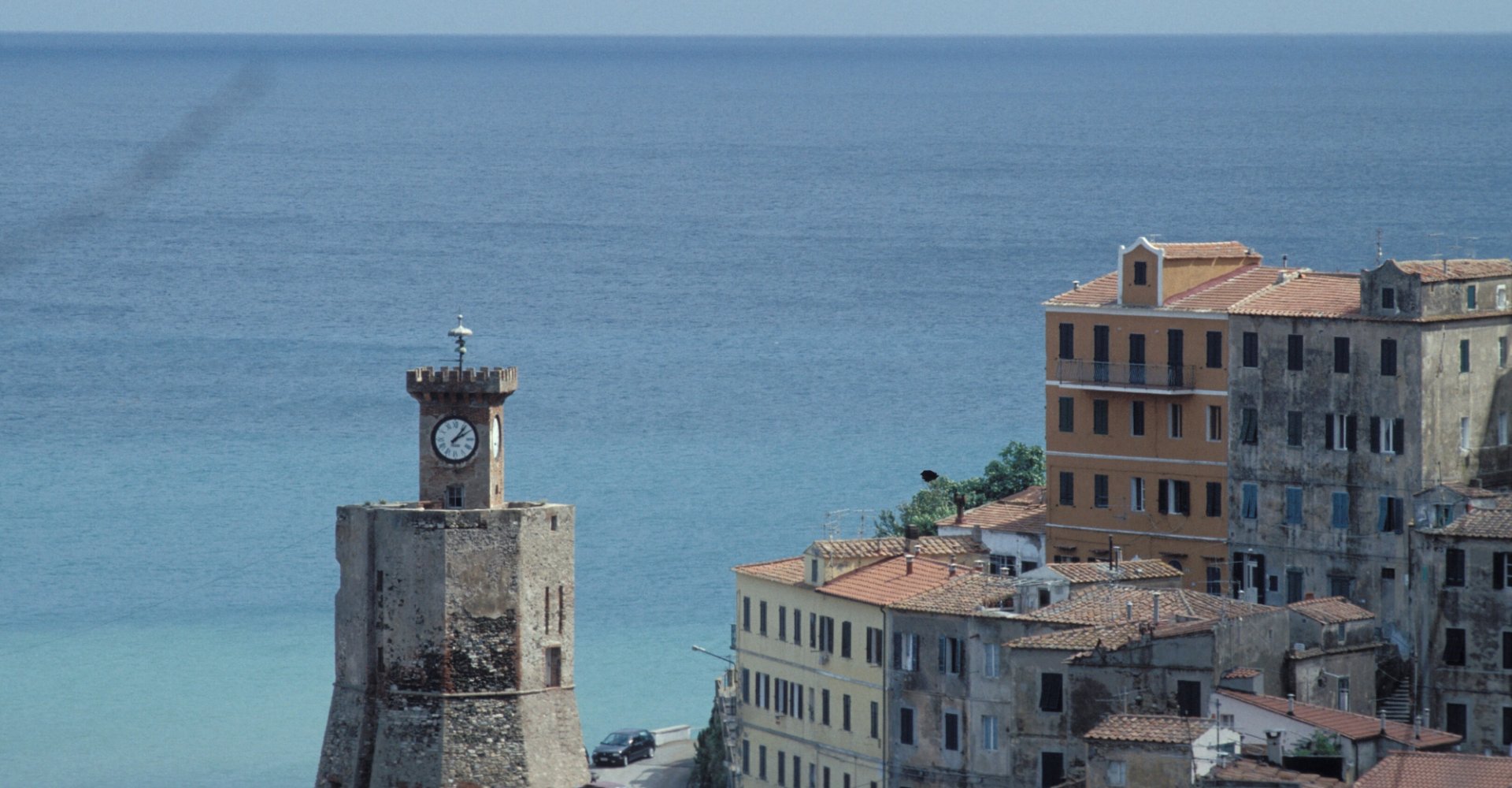
Rio
From the hills to the sea, among mines and fortresses to discover
The municipality of Rio was created in 2018, following the merger of the municipalities of Rio Marina and Rio nell'Elba. Its territory stretches between the wonderful waters of the sea surrounding the Island of Elba and hills scented with Mediterranean scrub. An ideal destination for beach lovers, but also for history and culture enthusiasts.
The presence of iron mines, already exploited in Etruscan times, turned Rio into the mining center of the island, and traces of iron mining can still be seen today in the reddish-colored hills. To learn more about this aspect of Rio's history, museums and old mines can be visited.
What to see in Rio
Rio nell'Elba is home to the Museo Archeologico del Distretto Minerario (Archaeological Museum of the Mining District), and Rio Marina to the Museo dei Minerali e dell’Arte Mineraria (Museum of Minerals and Mining Art).
The former is housed in a building designed for this very purpose and known as the "Barcolaio." Inside it illustrates the history of eastern Elba and its connection with its mineral resources, exploited from Protohistory to the contemporary age. On display are ancient archaeological finds discovered on the island and the Collezione dei minerali elbani della Gente di Rio (People of Rio Collection of Elban Minerals), an impressive collection of Elban mineral samples.
The Museo dei Minerali e dell’Arte Mineraria (Museum of Minerals and Mining Art) in Rio Marina is located in the historic offices of the mining management. On display here are minerals from the island and faithful reconstructions of different mine environments.
Also in Rio Marina, there are the Church of San Rocco, an ancient oratory built by the Prince of Piombino in 1570, and the Torrione del Porto, a tower erected in 1534 as a sighting and defense system.
Finally, worth visiting just outside the historic town center of Rio nell'Elba are the ancient public washhouses, once used by the inhabitants taking advantage of the fresh water that flowed from the Canali spring through bronze gushes dating back to the 16th century.
Rio nell'Elba is home to the Museo Archeologico del Distretto Minerario (Archaeological Museum of the Mining District), and Rio Marina to the Museo dei Minerali e dell’Arte Mineraria (Museum of Minerals and Mining Art).
The former is housed in a building designed for this very purpose and known as the "Barcolaio." Inside it illustrates the history of eastern Elba and its connection with its mineral resources, exploited from Protohistory to the contemporary age. On display are ancient archaeological finds discovered on the island and the Collezione dei minerali elbani della Gente di Rio (People of Rio Collection of Elban Minerals), an impressive collection of Elban mineral samples.
The Museo dei Minerali e dell’Arte Mineraria (Museum of Minerals and Mining Art) in Rio Marina is located in the historic offices of the mining management. On display here are minerals from the island and faithful reconstructions of different mine environments.
Also in Rio Marina, there are the Church of San Rocco, an ancient oratory built by the Prince of Piombino in 1570, and the Torrione del Porto, a tower erected in 1534 as a sighting and defense system.
Finally, worth visiting just outside the historic town center of Rio nell'Elba are the ancient public washhouses, once used by the inhabitants taking advantage of the fresh water that flowed from the Canali spring through bronze gushes dating back to the 16th century.
In the surroundings
A maze of beautiful paths branches off from the center of Rio, making it possible to explore this area of the Island of Elba even on foot. Among the destinations to be reached is the impressive Castle of the Volterraio, a Pisan fortress dating from the 11th century, erected on top of a hill from where the view of the bay of Portoferraio is beautiful.
From Rio you can also set out to explore Elba's ancient mines, thanks to the project of the Parco Minerario dell’Isola d’Elba (Mining Park od the Island of Elba) set up with the aim of raising awareness about the millennia-old culture of mining and processing of iron and of which the Rio Marina Museum mentioned about is also a part. Amid lunar landscapes and unexpected colors, the mining trails can be explored in the company of a guide, on foot or aboard a small train.
Near Rio, the Church of Santa Caterina, a small 16th-century sanctuary to which a hermitage is attached and located on the road to Nisporto, is worthy of interest. Along the same road is the Orto dei Semplici Elbano, dedicated to the study of plants from Elba and the Islands of Tuscany and their traditional use in food and medicine.
Finally, sea lovers can take their pick: Cavo, a well-equipped seaside destination with a sandy beach that stretches as far as Capo Castello and a beautiful cliff coast stretching as far as Capo della Vita. Sandy beaches also include those at Nisporto, Rio Albano and Topinetti, while pebble beaches can be found at Nisportino, Bagnaia, Le Secche, as well as Cala dell'Alga, Fornacelle, Marina di Gennaro, Porticciolo, San Bernardo and Cala Seregola. Those who love rocks, however, will find Ortano and Vigneria perfect.
A maze of beautiful paths branches off from the center of Rio, making it possible to explore this area of the Island of Elba even on foot. Among the destinations to be reached is the impressive Castle of the Volterraio, a Pisan fortress dating from the 11th century, erected on top of a hill from where the view of the bay of Portoferraio is beautiful.
From Rio you can also set out to explore Elba's ancient mines, thanks to the project of the Parco Minerario dell’Isola d’Elba (Mining Park od the Island of Elba) set up with the aim of raising awareness about the millennia-old culture of mining and processing of iron and of which the Rio Marina Museum mentioned about is also a part. Amid lunar landscapes and unexpected colors, the mining trails can be explored in the company of a guide, on foot or aboard a small train.
Near Rio, the Church of Santa Caterina, a small 16th-century sanctuary to which a hermitage is attached and located on the road to Nisporto, is worthy of interest. Along the same road is the Orto dei Semplici Elbano, dedicated to the study of plants from Elba and the Islands of Tuscany and their traditional use in food and medicine.
Finally, sea lovers can take their pick: Cavo, a well-equipped seaside destination with a sandy beach that stretches as far as Capo Castello and a beautiful cliff coast stretching as far as Capo della Vita. Sandy beaches also include those at Nisporto, Rio Albano and Topinetti, while pebble beaches can be found at Nisportino, Bagnaia, Le Secche, as well as Cala dell'Alga, Fornacelle, Marina di Gennaro, Porticciolo, San Bernardo and Cala Seregola. Those who love rocks, however, will find Ortano and Vigneria perfect.
Events
The Palio degli Asini takes place every year on the Epiphany and sees the island's eight municipalities compete in a race between jockeys riding donkeys through the streets of Rio Marina's historic center. In the evening, the festival ends with a traditional bonfire.
The Palio degli Asini takes place every year on the Epiphany and sees the island's eight municipalities compete in a race between jockeys riding donkeys through the streets of Rio Marina's historic center. In the evening, the festival ends with a traditional bonfire.
Typical products and dishes
In Rio, typical dishes speak of a history of migrations, occupations by different peoples and of hard work in the mines, on the sea, and in the vineyards. Poor dishes such as the sburrita di baccalà (a fish soup with cod), stoccafisso alla riese (stockfish cooked in a way that’s typical of Rio), and the gurguglione (stewed vegetables).
A food with an extended shelf life, thus suitable to be part of sailors' supplies, was the schiaccia briaca (the queen of cakes of the Island of Elba), prepared without yeast or eggs. The original recipe was later revisited and enriched with local ingredients, such as the passito Aleatico dell'Elba DCGO, a sweet red wine with ancient origins.
Also typical of Rio is the Sportella, a cookie that was traditionally exchanged between fiancés during the Easter holidays.
In Rio, typical dishes speak of a history of migrations, occupations by different peoples and of hard work in the mines, on the sea, and in the vineyards. Poor dishes such as the sburrita di baccalà (a fish soup with cod), stoccafisso alla riese (stockfish cooked in a way that’s typical of Rio), and the gurguglione (stewed vegetables).
A food with an extended shelf life, thus suitable to be part of sailors' supplies, was the schiaccia briaca (the queen of cakes of the Island of Elba), prepared without yeast or eggs. The original recipe was later revisited and enriched with local ingredients, such as the passito Aleatico dell'Elba DCGO, a sweet red wine with ancient origins.
Also typical of Rio is the Sportella, a cookie that was traditionally exchanged between fiancés during the Easter holidays.
